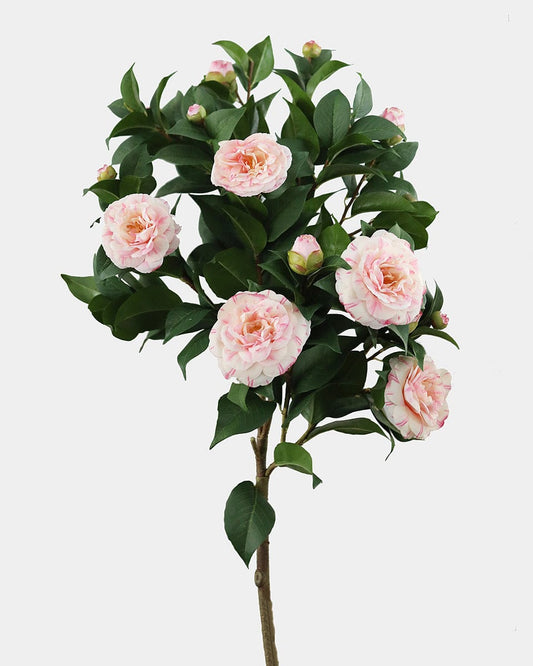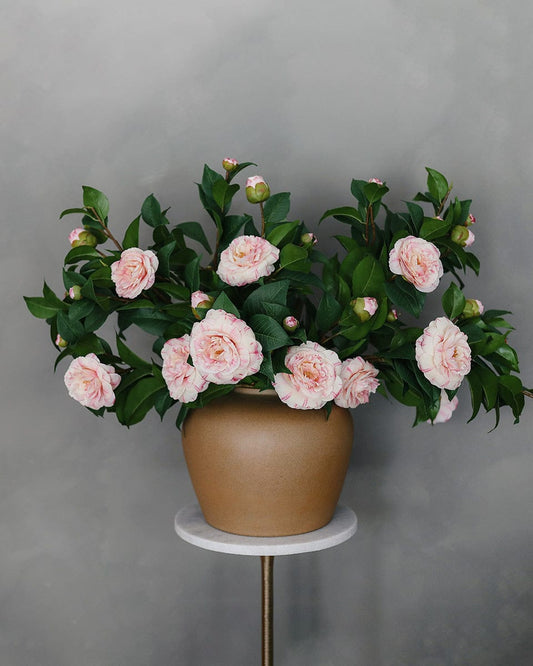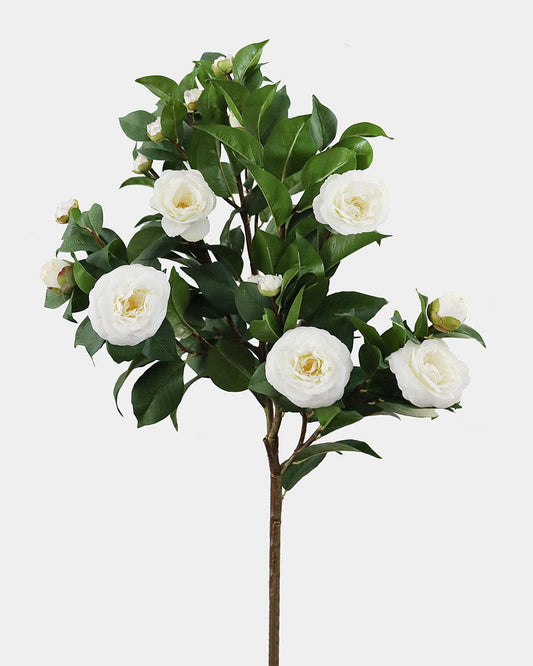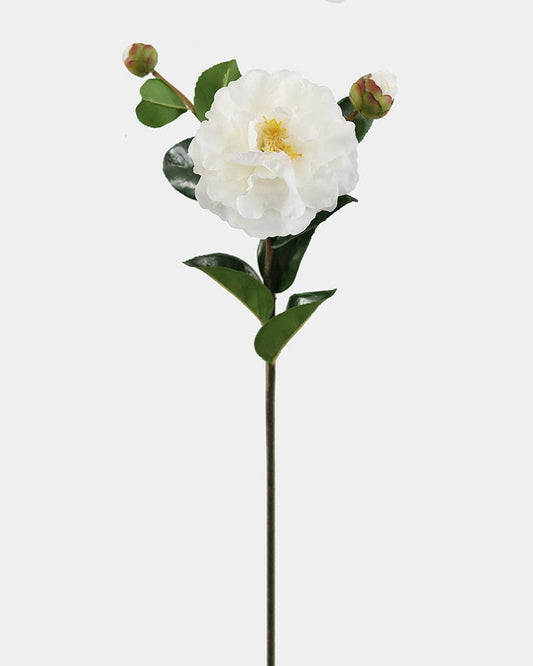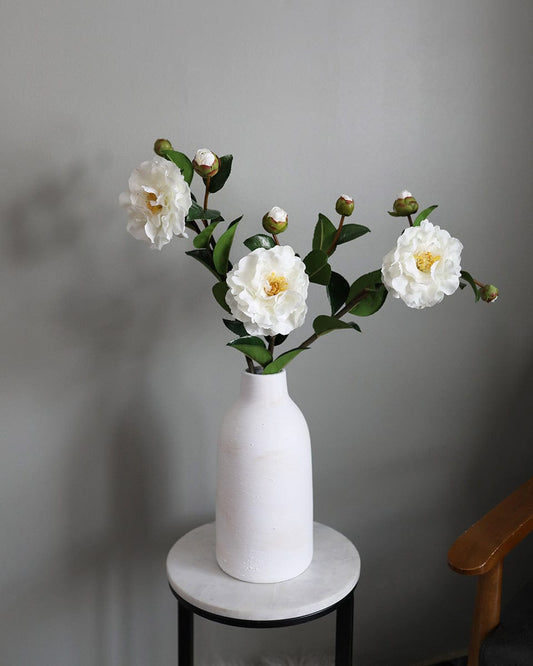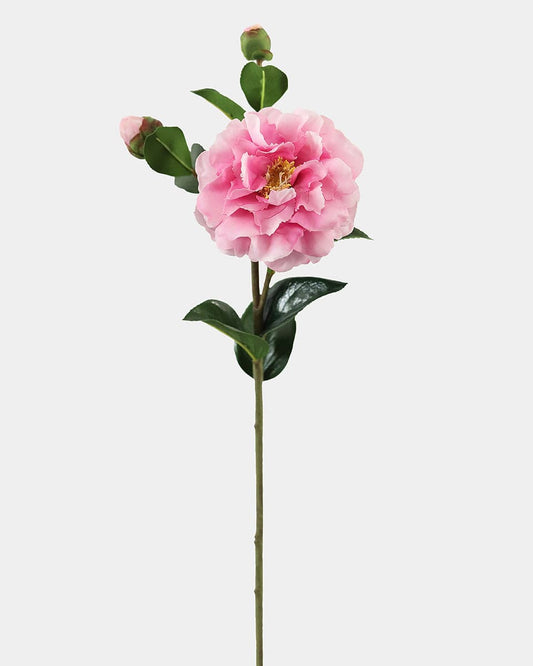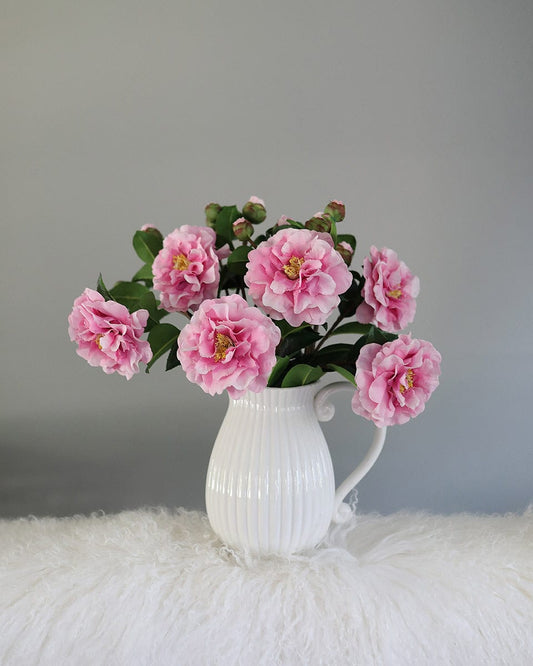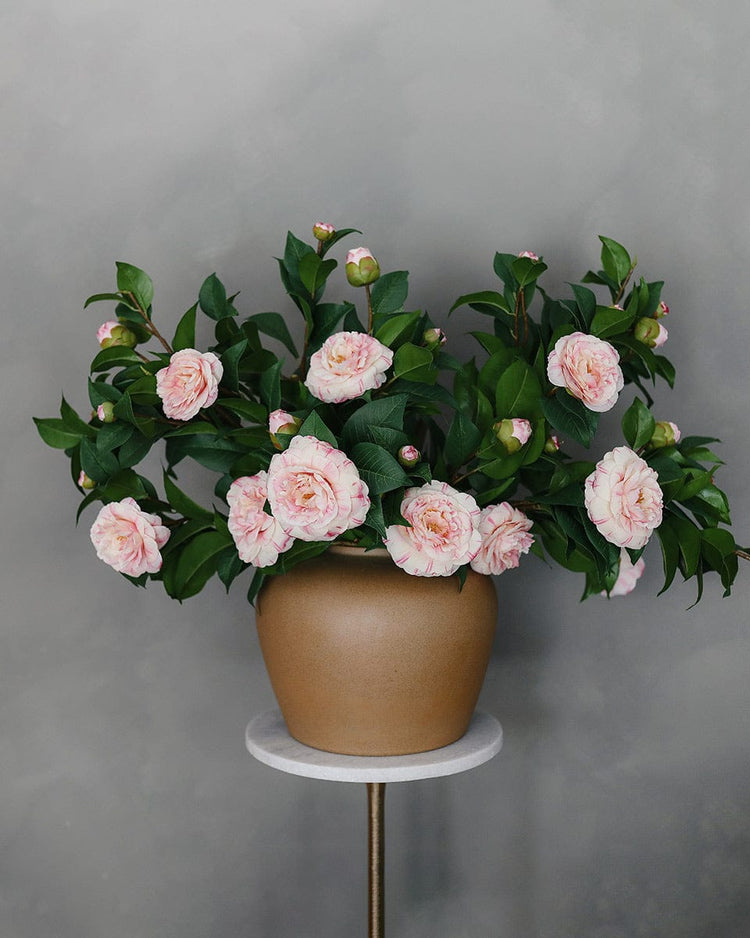Camellias
These artificial camellia flowers showcase lifelike single floral stems and faux bushes, providing versatile and hassle-free elegance in various shades to match any home decor.
-
Artificial Camellia Leaves 22.5"
Regular price $25.99Regular priceUnit price per -
Pink Camellia Flower Bush 44"
Regular price $47.99Regular priceUnit price per$79.99Sale price $47.99Sale -
Large White Camellia Flower Bush 44"
Regular price $47.99Regular priceUnit price per$79.99Sale price $47.99Sale -
Real Touch White Camellia 28.5”
Regular price $29.99Regular priceUnit price per -
Real Touch Pink Camellia 28.5"
Regular price $29.99Regular priceUnit price per






